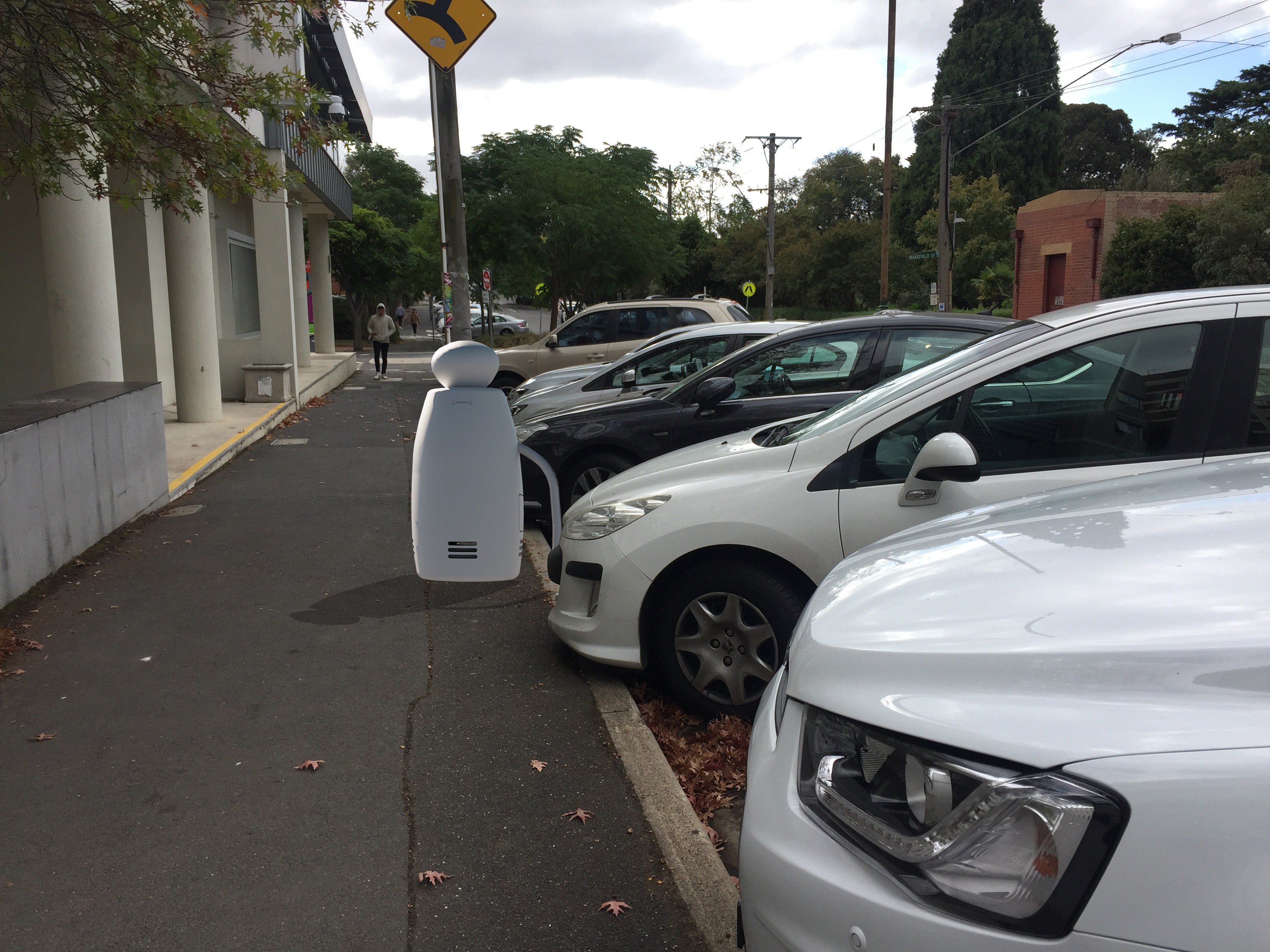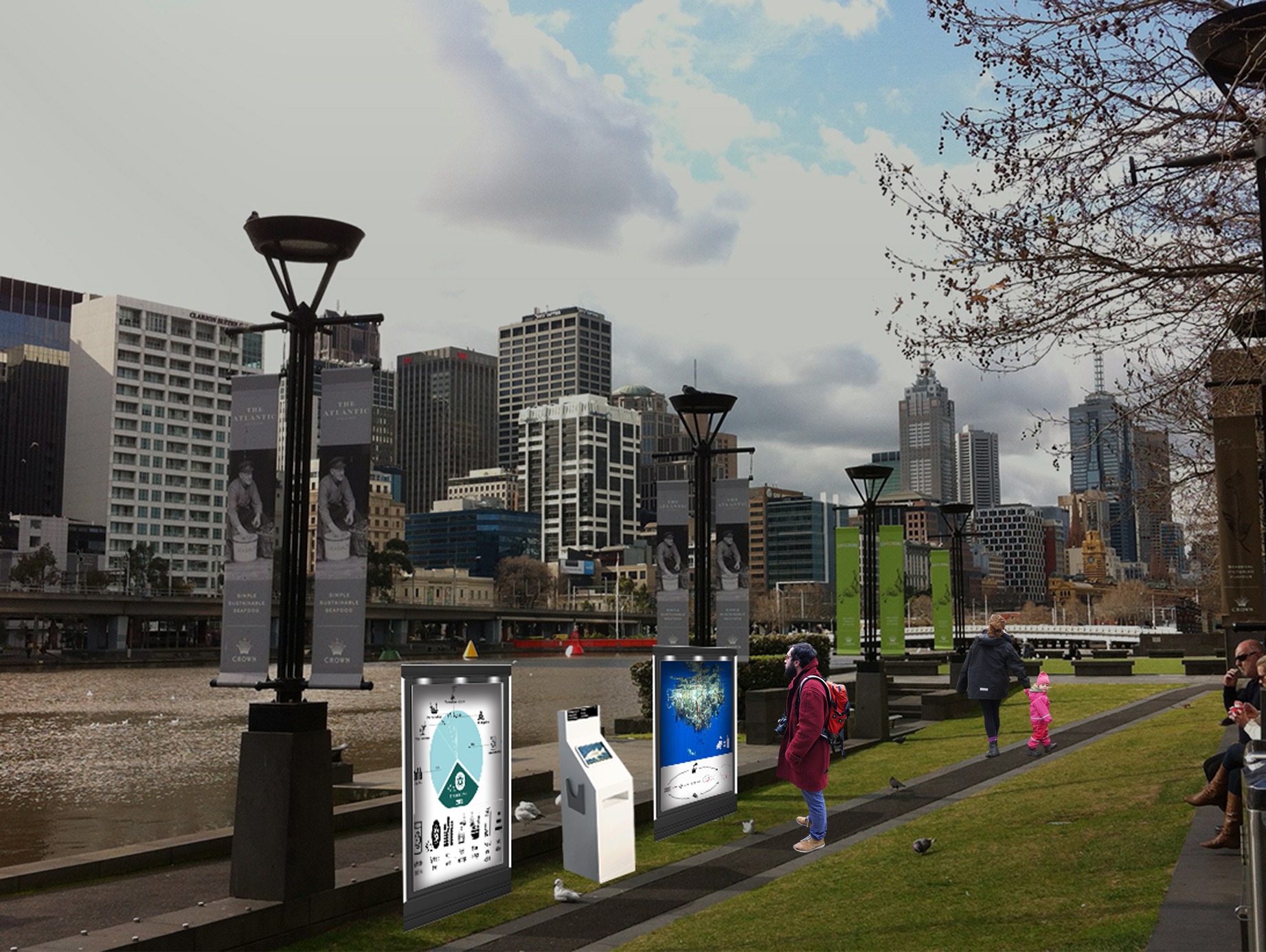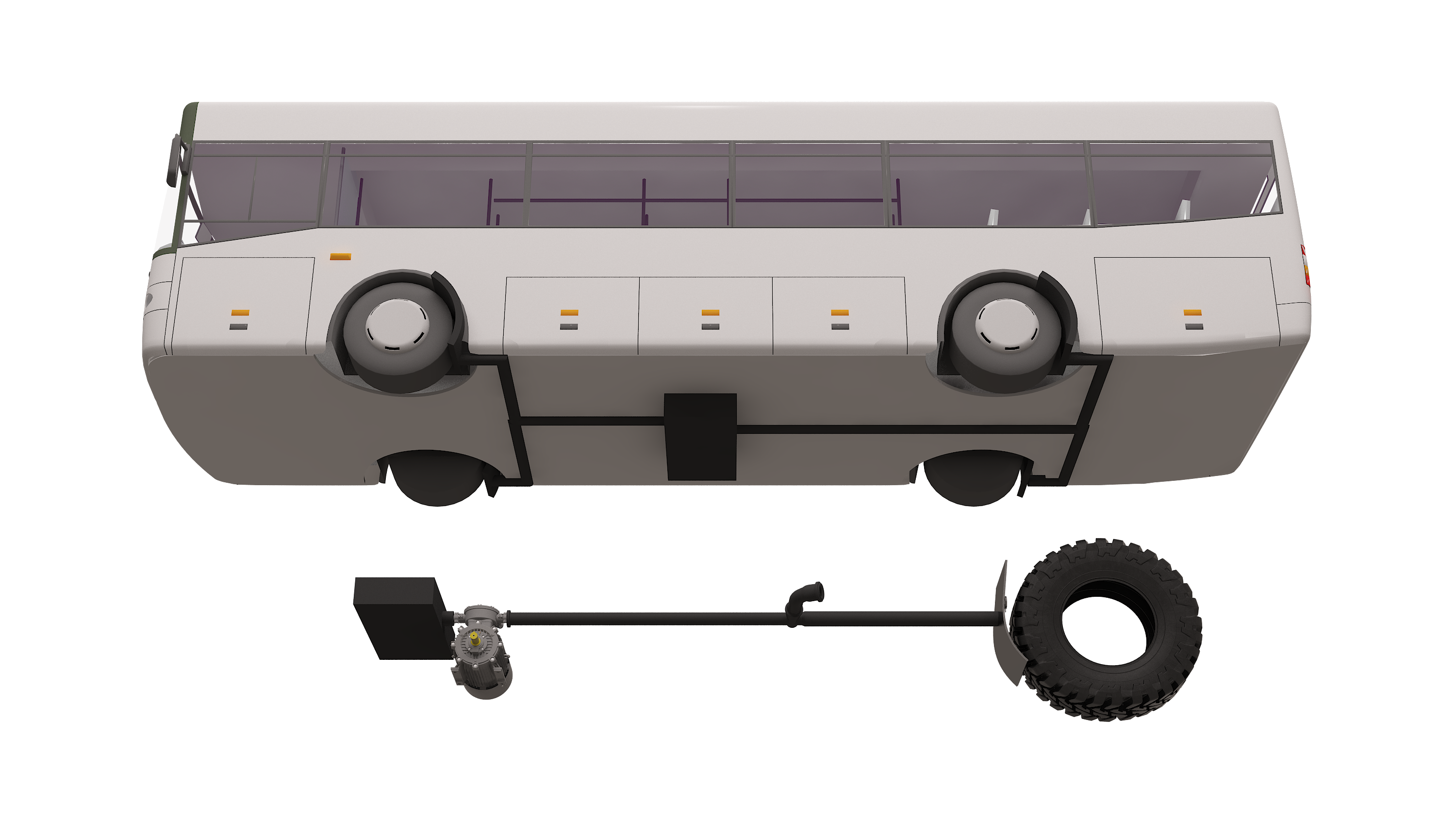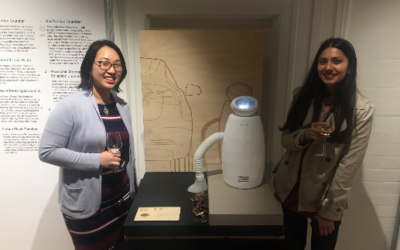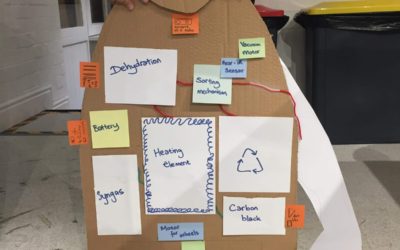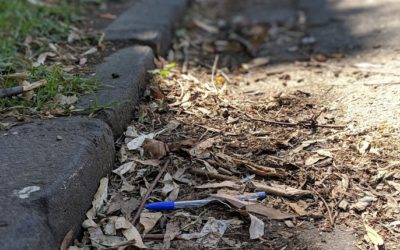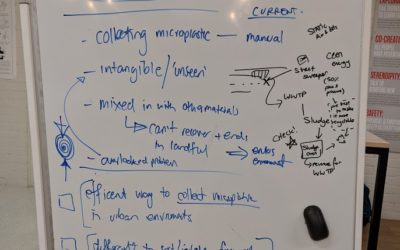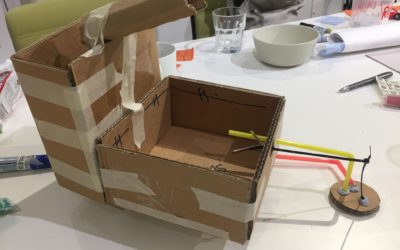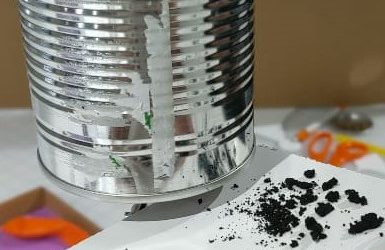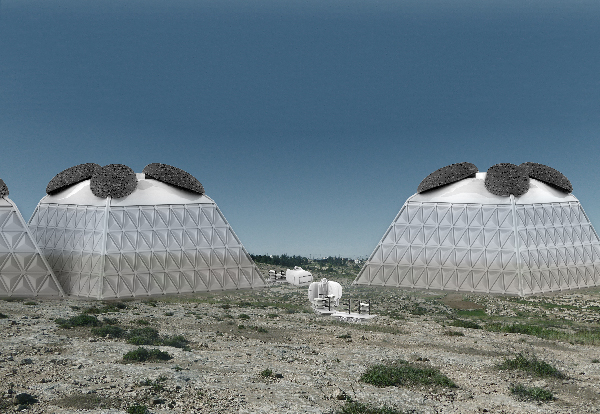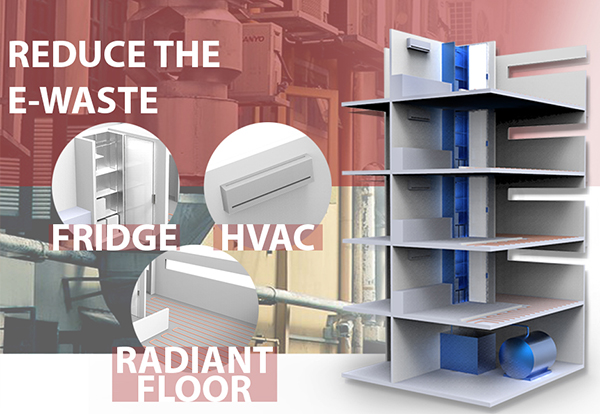TEAM: SPRING.
ReTire
Team Spring explored reducing tyre dust levels in Melbourne’s waterways and how to reduce micro-plastics in domestic water ways.
About the project
“By 2030 we hope to preserve a healthy ecosystem as people are more aware of microplastic pollution and the need to prevent it.“
These concepts work together to reduce the amount of tyre dust from entering the wider environment so that air, food, and water does not get contaminated. Less airborne dust will reduce respiratory, eye, and skin issues, amongst others. Less microplastics in water will reduce the chance of them being eaten and carrying toxins with them into the food chain.
_
2020
In 2020, Scanley forms part of an awareness-raising citizen science installation. Situated by the river in the CBD, pedestrians can learn about microplastics and their impacts from the educational posters. Citizen scientists are encouraged to bring their own samples of water to be scanned at Scanley so they can see firsthand the microplastics contained inside. This is achieved through CERN’s Medipix technology that makes very detailed X-ray scans possible.
_
2025
2025 sees the rollout of Dustin, an electrostatic plate and vacuum system that collects airborne tyre dust. Dustin is installed behind the wheels of electric vehicle fleets to collect tyre dust as it is emitted. Tyre dust is negatively charged as it is released due to the friction between the wheel and the road, and is attracted to the positively charged plates on Dustin. CERN’s Superconducting Transmission Lines help to transport the current from the electric vehicle’s battery to charge the plate.
_
2030
In 2030, Kirby – the automated curbside cleaning robot – can be deployed. Kirby targets tyre dust and other small road debris from the curb, where it usually accumulates. This prevents it from entering stormwater. Kirby sorts out recyclables and converts the rest of the waste into energy through gasification, which supplements his battery. Carbon black, a product of gasification, is collected to be converted into ink. He also uses the weather forecast to target areas that are about to receive rainfall. CERN’s Robotics Software, REMUS software, and Thermal Management Materials help Kirby to function.
About the project
Our Process
Final 2 weeks & Presentation!
Team Spring - Week 24 The last two weeks have been massive for Team Spring! We had an amazing opportunity to present our final showcase in front of so many important people, friends and family. We sure did have a wonderful outcome. The day of the showcase began with...
Team Spring – Week 21
With 3 weeks to go - we are very conscious that it’s crunch time! We have locked in very concretely onto our idea of the curbside robot, named Kirby (haha, get the pun?) who is a toddler-sized autonomous sweeping robot that focuses specifically on curbside dust (in...
Team Spring – Week 20
This week we spent time researching our assumptions and looking for statistics that supported our concept. It was good to revisit this to build conviction for our idea, especially after numerous pivots. We are still looking at street sweeping/ street cleaning as our...
Team Spring – Week 19
This week we took a short break from the overload of insights from the previous weeks. We went through the first piece of our timeline in detail. Looking at the first five years, we roughly detailed out a plan of how to raise awareness. Our final idea was to have a...
Team Spring – Week 17 & 18
We’re catching up on some weeks since our design freeze where we were told to lock in on one concept and just keep developing it. Our focus is urban tyre dust, where we reduce the amount that enters the environment through stormwater. Our solution is based on...
Team Spring – Week 16
This week our coach and friend - Paris suggested that we map out the stakeholders, the users, existing ideas, connections, basically everything we had - on a long scroll of paper. We started from the basics, looking at the SDGs Goal 6 and 14 and branching out to the...
TEAM SPRING
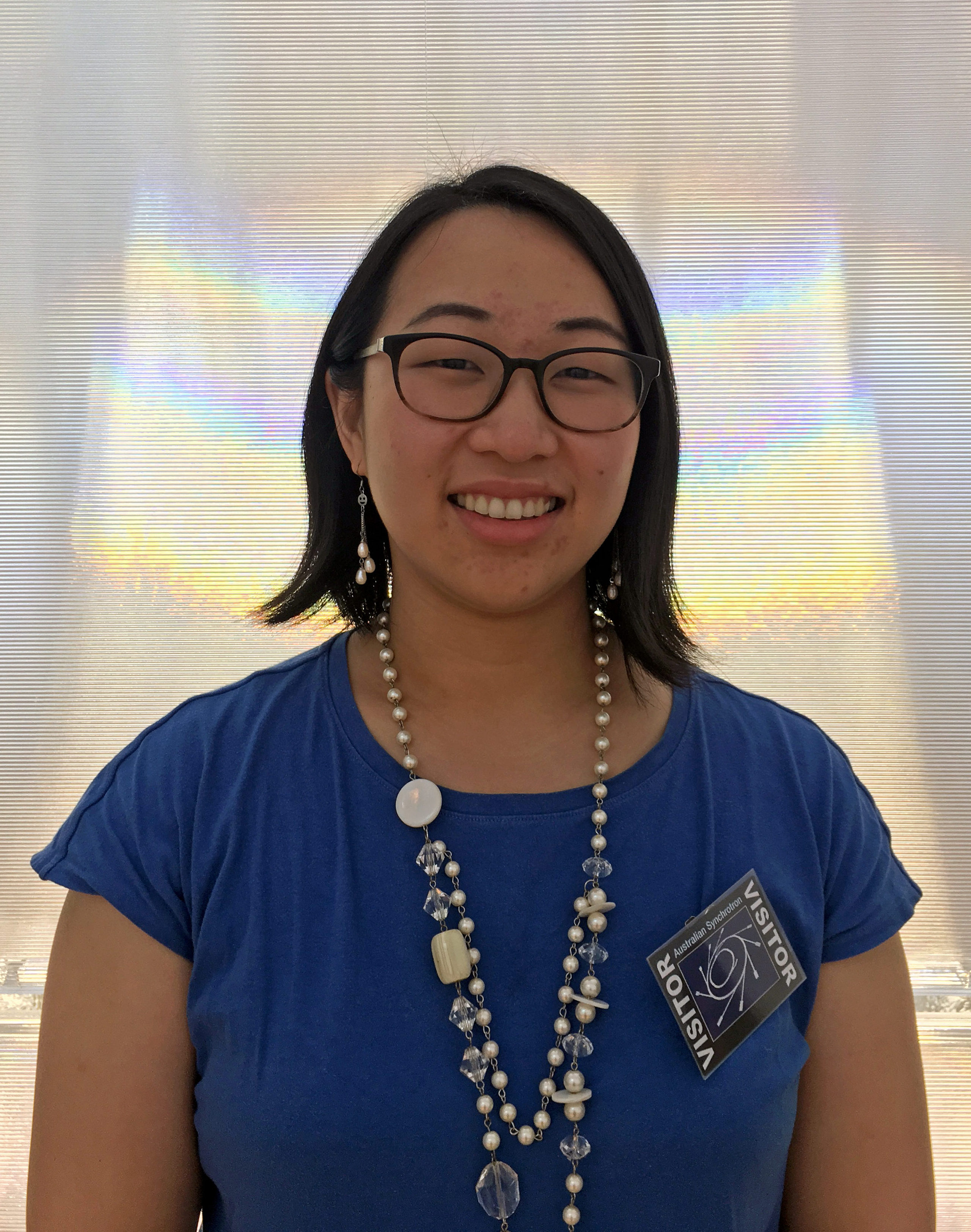
Jeannie Foo
Design Strategy and Innovation
Jeannie is studying for her Master of Design Strategy and Innovation a decade after her undergraduate degree in Political Science and Sociology. She previously worked in a grantmaking foundation in aid of natural disaster survivors before moving into corporate sustainability. Having grown up in the beautiful seaside town of Kota Kinabalu (and then lived in Kuala Lumpur which literally translates to Muddy Confluence), she fully appreciates the significance of water and marine issues.
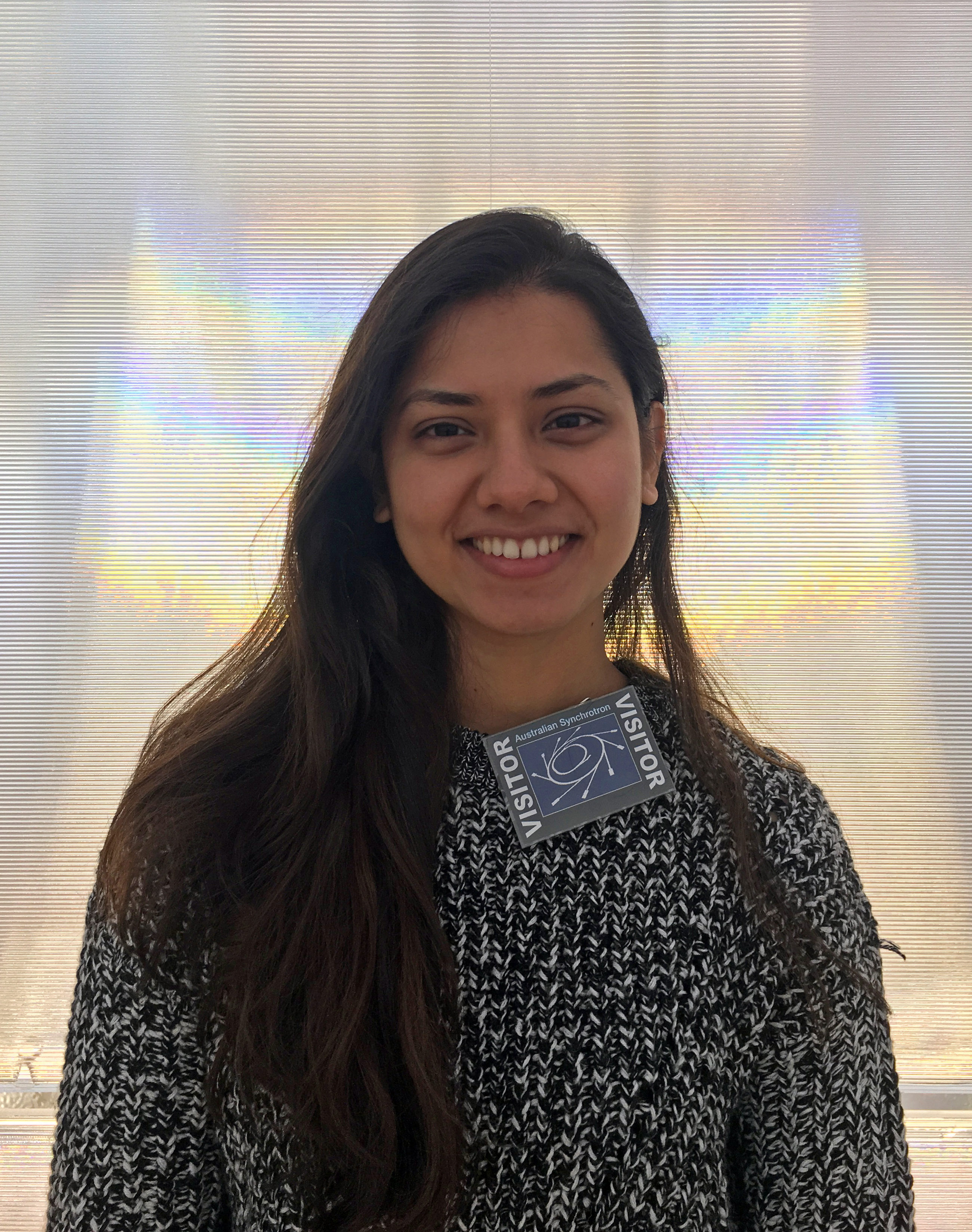
Kanika Shah
Design Strategy and Innovation
Kanika is almost halfway through her Masters of Design. She was studying and practising interior design in the last 5 years, she is gradually coming out of her comfortable interior shell. Respecting and learning other forms of design, she wishes to establish herself as someone who designs for change.
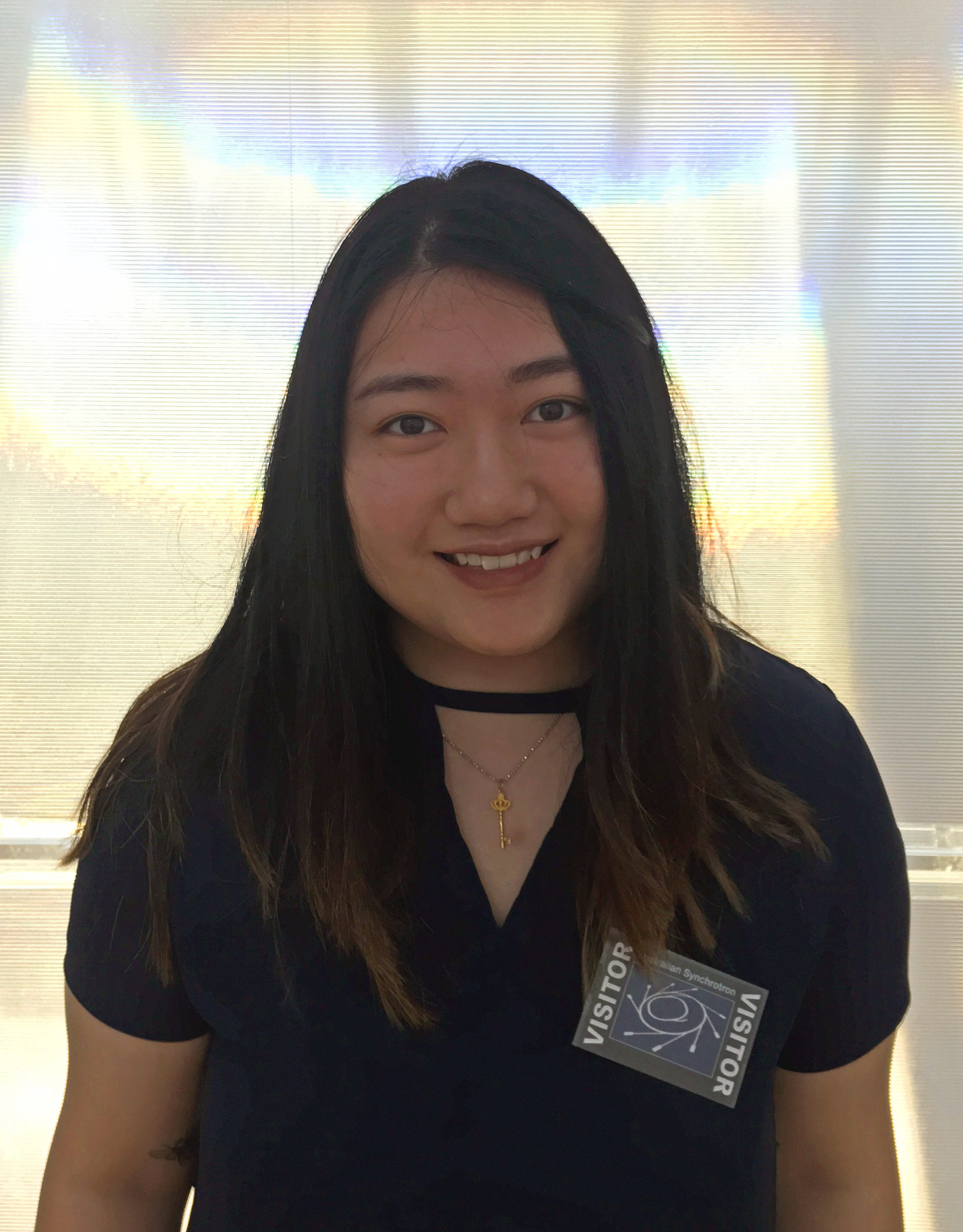
Jing Tan
Industrial Design Interior Architecture
Jing is currently in her honour year of Bachelor in Interior architecture. Her interest is sustainable future design in architecture and environment. Jing believes that designers are essential and impactful to society’s advancement and development. She will keep pursuing her passion in becoming a better designer who designs for innovation and transformation of a positive future.
Spring. Water Source. Season. Spring into the future.
More projects
Digisave
e-waste | personal devices
Responsible practices in electronic wastes and personal device use
Team: ATMA
COOLBA
e-waste | climatization| farms
Centralized system refrigeration and climatization
Team: CB-OND
Geolight
wildfires | roads
Creating a safe passage. In case of fire, roads don’t get blocked.
Team: IPIRANGA



